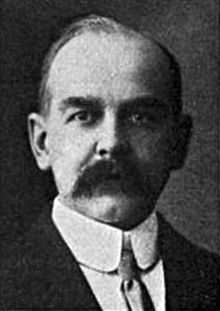
Water purification is the process of removing undesirable chemicals, biological contaminants, suspended solids, and gases from water. The goal is to produce water that is fit for specific purposes. Most water is purified and disinfected for human consumption, but water purification may also be carried out for a variety of other purposes, including medical, pharmacological, chemical, and industrial applications. The history of water purification includes a wide variety of methods. The methods used include physical processes such as filtration, sedimentation, and distillation; biological processes such as slow sand filters or biologically active carbon; chemical processes such as flocculation and chlorination; and the use of electromagnetic radiation such as ultraviolet light.

Tap water is water supplied through a tap, a water dispenser valve. In many countries, tap water usually has the quality of drinking water. Tap water is commonly used for drinking, cooking, washing, and toilet flushing. Indoor tap water is distributed through indoor plumbing, which has existed since antiquity but was available to very few people until the second half of the 19th century when it began to spread in popularity in what are now developed countries. Tap water became common in many regions during the 20th century, and is now lacking mainly among people in poverty, especially in developing countries.

William Thompson Sedgwick was a teacher, epidemiologist, bacteriologist, and a key figure in shaping public health in the United States. He was president of many scientific and professional organizations during his lifetime, including president of the American Public Health Association in 1915. He was one of three founders of the joint MIT-Harvard School of Public Health in 1913.
American Water Works Association (AWWA) is an international non-profit, scientific and educational association founded to improve water quality and supply. Established in 1881, it is a lobbying organization representing a membership of around 50,000 members worldwide.
Moses N. Baker was a noted editor and author in the field of drinking water history and technology. His most important book is still used today: The Quest for Pure Water: The History of Water Purification from the Earliest Records to the Twentieth Century. He was also active in the field of public health holding several positions on boards of health at the state and local levels.
In the United States, public drinking water is governed by the laws and regulations enacted by the federal and state governments. Certain ordinances may also be created at a more local level. The Safe Drinking Water Act (SDWA) is the principal federal law. The SDWA authorizes the United States Environmental Protection Agency (EPA) to create and enforce regulations to achieve the SDWA goals.

Abel Wolman was an American engineer, educator and pioneer of modern sanitary engineering. His professional career left impacts in academia, sanitary engineering research, environmental and public health services, engineering professional societies, and journal publications. Wolman is best known for his research with Linn Enslow in the chlorination of Baltimore's municipal water supply, which has contributed to the distribution of safe municipal water supplies globally.

George Warren Fuller was an American sanitary engineer who was also trained in bacteriology and chemistry. His career extended from 1890 to 1934 and he was responsible for important innovations in water and wastewater treatment. He designed and built the first modern water filtration plant, and he designed and built the first chlorination system that disinfected a U.S. drinking water supply. In addition, he performed groundbreaking engineering work on sewage treatment facilities in the U.S. He was President of both the American Water Works Association and the American Public Health Association, and he was recognized internationally as an expert civil and sanitary engineer.

John Laing Leal was an American physician and water treatment expert who, in 1908, was responsible for conceiving and implementing the first disinfection of a U.S. drinking water supply using chlorine. He was one of the principal expert witnesses at two trials which examined the quality of the water supply in Jersey City, New Jersey, and which evaluated the safety and utility of chlorine for production of "pure and wholesome" drinking water. The second trial verdict approved the use of chlorine to disinfect drinking water which led to an explosion of its use in water supplies across the U.S.
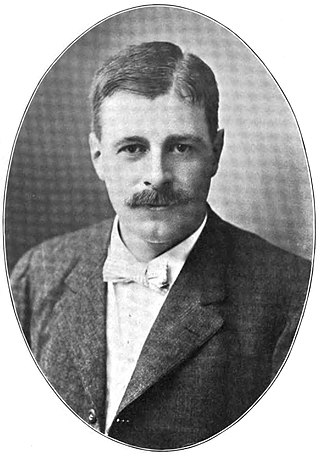
Allen Hazen was an American civil engineer and an expert in hydraulics, flood control, water purification and sewage treatment. His career extended from 1888 to 1930, and he is, perhaps, best known for his contributions to hydraulics with the Hazen-Williams equation. Hazen published some of the seminal works on sedimentation and filtration. He was President of the New England Water Works Association and Vice President of the American Society of Civil Engineers.
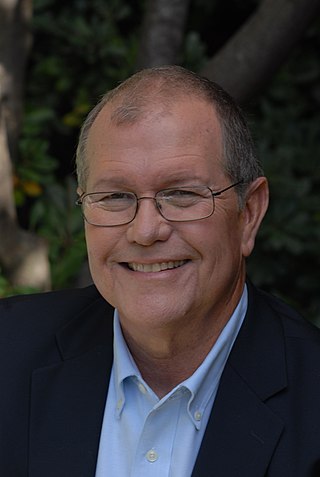
Michael John McGuire is an American environmental engineer and writer whose career has focused on drinking water quality improvement. He has been recognized for his expertise in the control of trace organic and inorganic contaminants and microbial pathogens in water. He is also known for his work in the identification, control and treatment of taste and odor problems in drinking water. He has published numerous articles in professional journals and he has been the co-editor of five books and compilations of articles. He published a book that documented the first continuous disinfection of a drinking water supply in the U.S. With Marie S. Pearthree, he wrote a book on the corrosive water debacle in Tucson, Arizona in 1992–94. He has been active in the American Water Works Association, and he has served as a volunteer and officer in that organization. In 2009, he was elected to the National Academy of Engineering.

Edward Bartow was an American chemist and an expert in the field of sanitary chemistry. His career extended from 1897 to 1958 and he is best known for his work in drinking water purification and wastewater treatment. He was well known as an educator, and his many students went on to leadership positions in the fields of sanitary chemistry and engineering.
John Robert Baylis was an American chemist and sanitary engineer. His career extended from about 1905 to 1963 and he is best known for his work in applied research to improve drinking water purification.
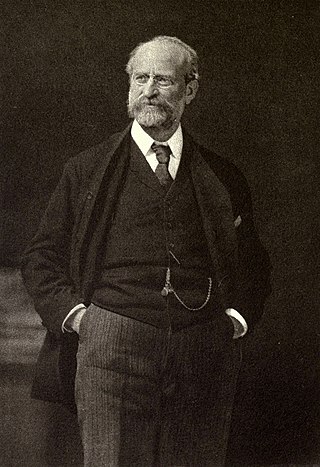
Clemens Herschel was an American hydraulic engineer. His career extended from about 1860 to 1930, and he is best known for inventing the Venturi meter, which was the first large-scale, accurate device for measuring water flow. He developed this device while serving as director of the Holyoke Testing Flume, a turbine testing facility which he would redesign, which became the first modern hydraulics laboratory in the United States and the world.
Earle Bernard Phelps was a chemist, bacteriologist and sanitary expert who served in governmental positions and as an academic in some of the leading universities in the U.S. He is known for his contributions in sewage disinfection, water chlorination, sewage treatment, milk pasteurization, shellfish control, and for describing the “oxygen sag curve” in surface water bodies.

John Malvina Diven was a New York and South Carolina superintendent of several water utilities and an important figure in the early history of the American Water Works Association. He was honored by AWWA for his dedicated service with election to honorary membership and selection as a member of Water Industry Hall of Fame.
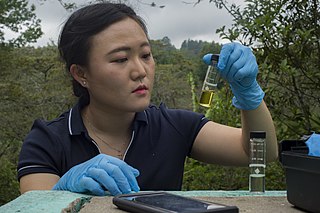
Water chlorination is the process of adding chlorine or chlorine compounds such as sodium hypochlorite to water. This method is used to kill bacteria, viruses and other microbes in water. In particular, chlorination is used to prevent the spread of waterborne diseases such as cholera, dysentery, and typhoid.

William Jay Magie was a justice of the New Jersey Supreme Court from 1880 to 1900, serving as chief justice from 1897 to 1900.
Malcolm Pirnie Sr. was an American civil and consulting engineer, pioneer in sanitary engineering, founder of Malcolm Pirnie, Inc., and president of the American Society of Civil Engineers in 1944.

Stuart William Krasner, was the Principal Environmental Specialist (retired) with the Metropolitan Water District of Southern California, at the Water Quality Laboratory located in La Verne, California. In his 41 years with Metropolitan, he made revolutionary changes in the field's understanding of how disinfection by-products occur, are formed and how they can be controlled in drinking water. His research contributions include the study of emerging DBPs including those associated with chlorine, chloramines, ozone, chlorine dioxide and bromide/iodide-containing waters. He made groundbreaking advances in understanding the watershed sources of pharmaceuticals and personal care products (PPCPs) and wastewater impacts on drinking-water supplies. For DBPs and PPCPs, he developed analytical methods and occurrence data and he provided technical expertise for the development of regulations for these drinking water contaminants. In the early 1990s, Krasner developed the 3x3 matrix illustrating removal of total organic carbon from drinking water as a function of water alkalinity and initial total organic carbon concentration. The matrix was revised by him and included in the USEPA Stage 1 D/DBP regulation as the enhanced coagulation requirement. Every water utility in the U.S. that is subject to this regulation is required to meet total organic carbon removal requirements along with their exceptions.
